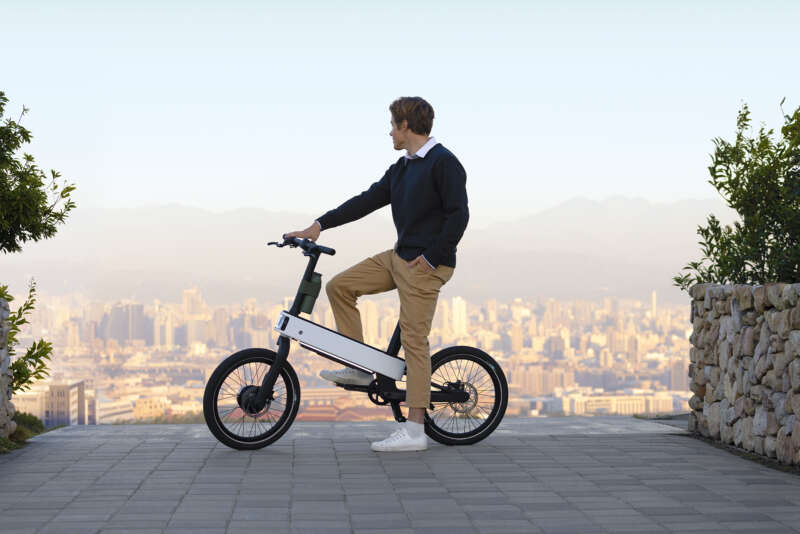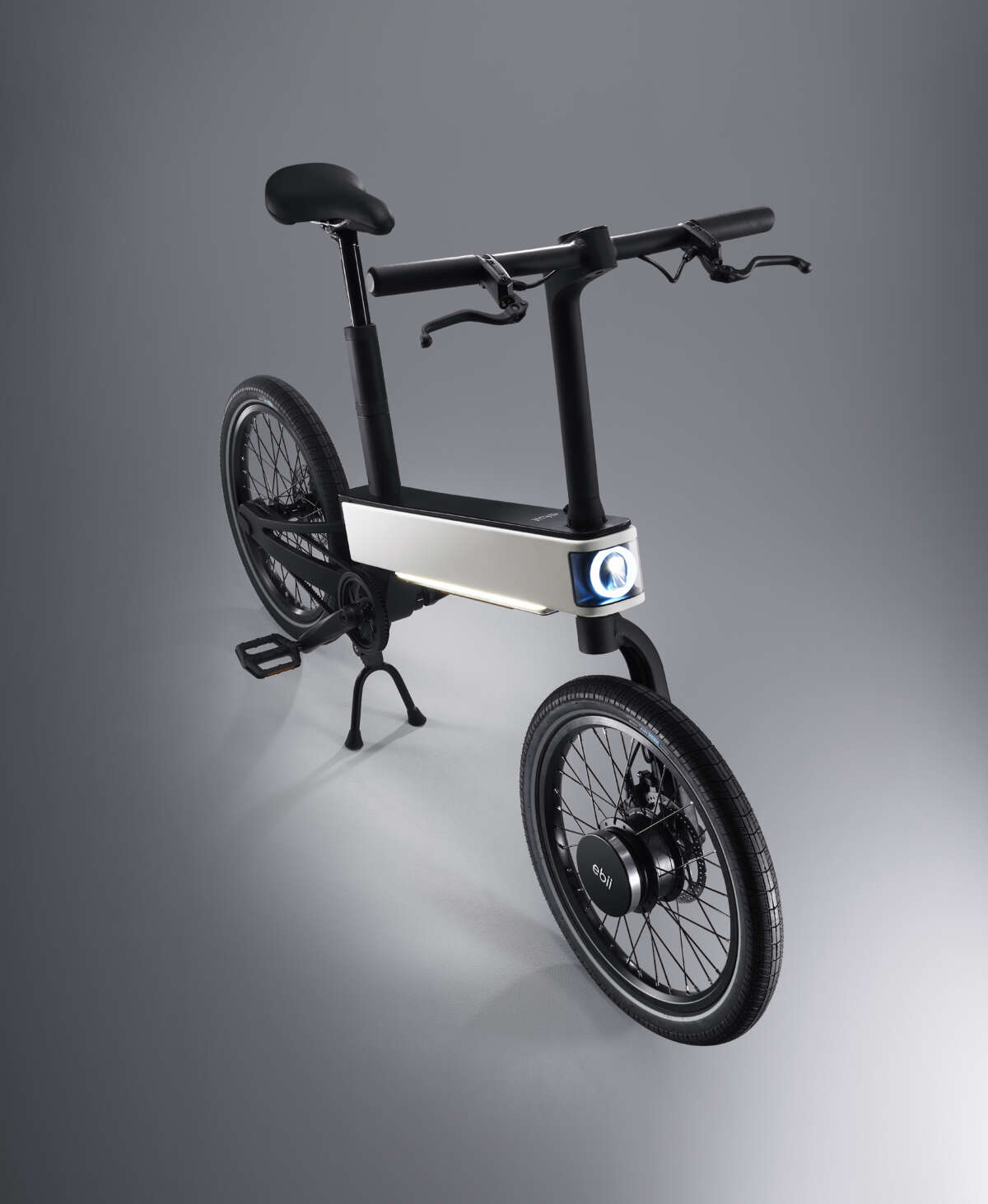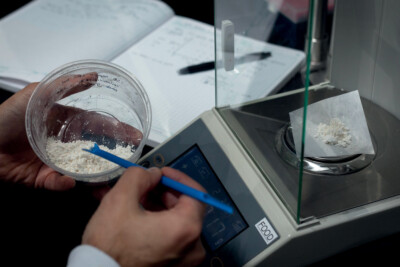Connected Ride

- The bike comes with innovative safety features
- Source: Acer

Acer surprises with an E-bike.
The computer manufacturer has entered the market for E-bikes and unveiled the Acer ebii. The distinctive feature of the E-bike is the combination of AI technology and innovative design. The heart of the ebii is the vehicle control module: With the ebiiAssist function, the E-bike automatically adjusts to the road conditions, pedal power, and rider’s preferences to ensure a smooth and battery-efficient ride. Consequently, the need for a gearshift has been intentionally eliminated. The mobile app ebiiGO, in conjunction with the intelligent control module, ensures that users never unexpectedly run out of power during their ride. Riders can connect their phones to the E-bike via Bluetooth to activate route tracking, speed control, and theft protection.
The hardware configuration can also be customized to suit users’ preferences: The motor with 40 Nm of torque can be configured as a front, mid, or rear hub, depending on individual needs. The carbon belt drive is rust-free. The tires are made of layered high-tech foam designed to prevent punctures. The E-bike comes with a replaceable battery pack that provides a range of up to 110 km and fully charges in 2.5 hours. Users can also remove the battery pack to use it as a charger for other devices like laptops.
Safety is enhanced with a range of novel assistance systems, including a collision warning sensor that alerts riders to approaching vehicles from behind. Additionally, the headlights, taillights, and ambient lighting adjust to the darkness.
The development of the ebii was made possible through collaboration with Acer subsidiary companies MPS Energy and Xplova. The lightweight 16-kilogram bike is expected to be available for approximately 2,000 euros starting from the second half of 2023.














